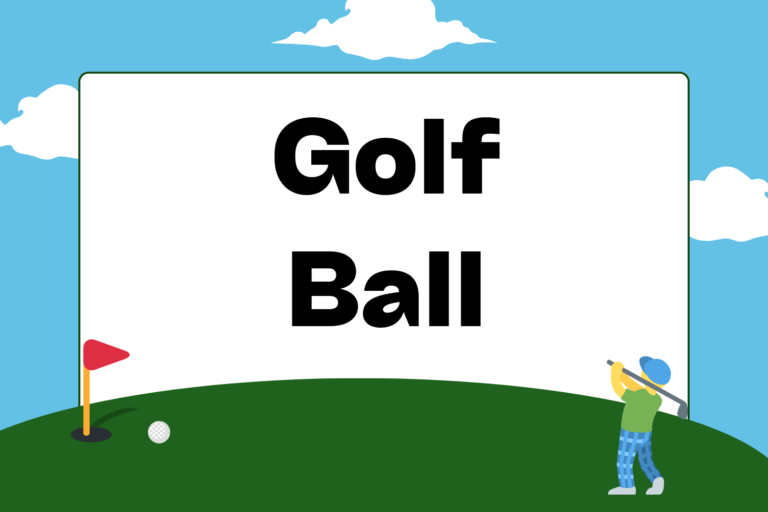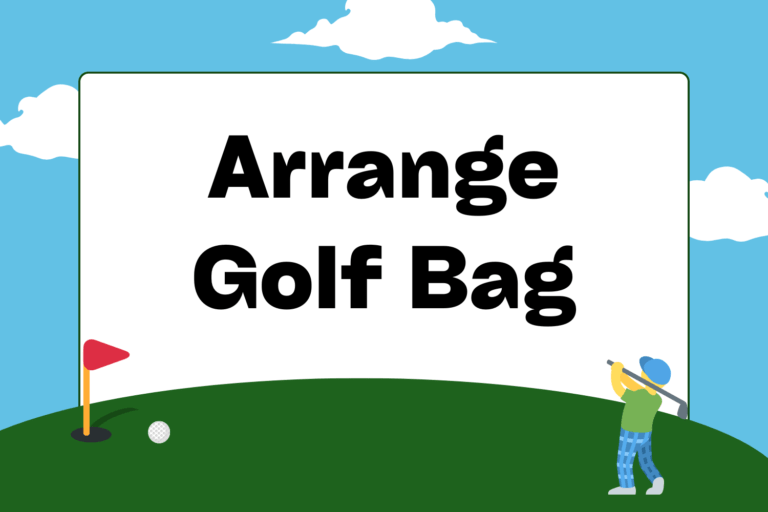Playing good golf involves more than hitting good shots. It takes a combination of skill and knowledge — knowledge of the golf course and knowledge of your own game, both of which come with a lot of hard work and experience.
One of the most important parts of “knowing your game” is mastering what’s known as club selection. That is, knowing which club is the right club to hit on a given shot. You may have a hazy guess as to how far each of your clubs will take you, but in order to feel 100 percent confident with every shot you take, you need more than a guess. This guide will help you learn what each of your clubs can offer you and how you can put that knowledge to use on the course.
Knowing Your Full Shots
If you’re an average golfer, you probably spend 90 percent of your practice time hitting full shots with your clubs. But, how closely do you pay attention to your results? Sure, you may differentiate between “good” and “bad” shots at the range; but if you want to master the skill of club selection, you’re going to have to pay more attention to the detailed outcomes of your full swings.
Here are some details to pay attention to while you’re hitting full shots at the range:
- To the best of your abilities, write down the exact distance you hit your balls with each club on your best swings — when you hit it perfectly.
- Similarly, write down how far you hit each ball with each club on average. Hit twenty balls with each club and take miss-hits into consideration when calculating your “typical” distance with each club.
Take your normal swing for all shots. Don’t try to hit the ball as far as you can. The point here isn’t to beat a record — it’s to know what to expect when you hit with each club on the golf course.
Mental Edge
Club selection is a personal thing. A big mistake many golfers make is comparing their abilities and distance with other golfers, and making decisions based on those comparisons. Every golfer is different, and the best golfers know their game so well that they don’t let anyone else’s abilities plant any seeds of doubt in their minds.
Playing the Wind
Once you’ve learned what each of your clubs can do for you, it’s time to take into account any possible outside factors. The biggest factor is the wind, and it’s up to you to make the appropriate changes in your club selection based on how the breeze is blowing on that particular shot.
For a more detailed understanding of the adjustments you might make when playing in the wind, check out the guide, How to Golf in the Wind. For now, though, here are some general rules to follow when choosing clubs on those gusty days:
- If you’re playing a shot in the wind, take more club. That is, if you think you’d normally hit an eight-iron to the green, but the wind is in your face, take a seven-iron or more, depending on the severity of the wind.
- If you’re playing a shot with the wind at your back, take less club. If you’re going in the same direction as the wind, expect your ball to fly farther. Again, the windier it is, the more it will affect your club selection.
- If you’re playing with a side-to-side wind, realize that the shortest distance between two points is a straight line. So if you’re playing a shot that has to curve to its final target, you’re probably going to need a bit more club.
Hot Tip: Check Your Progress
If you’re a junior golfer or a beginning golfer whose skills and power are constantly improving, make sure you keep tabs on your expectations with each club. Just because you hit your eight-iron 120 yards six months ago doesn’t mean you’re at the same level now. Check your progress consistently to avoid any outdated club selections.
Diversifying Your Shots
Of course, you don’t have to play only full shots. Especially in the wind, being able to control the flight of your ball (keeping it low) will be huge for succeeding on the course. Next time you get out to the range, try hitting different types of shots with each of your clubs. Instead of just hitting full shots, try three-quarter shots, knockdown shots, and bump-and-run shots.
- Learn the distances that fall in between two clubs, and practice hitting that in-between-distance using the longer club. For instance, if you hit a ball 110 yards with your pitching wedge, and your nine-iron hit 120 yards, try to find the right swing it takes with your nine-iron to get to go 115 yards. Repeat this for all club gaps.
- Try to keep the ball low by hitting knockdown shots with abbreviated follow-throughs. Check to the difference in distances you get with normal swings and knockdown shots with the same club — that way you’ll know what to expect on the course.
Around the Greens
Club selection also plays a major role when you’re up near the putting greens. Most amateur golfers use their pitching wedge or sand wedge for every shot they take around the greens, but being able to play different shots with different clubs can save you a lot of strokes.
Here are some general pointers on which types of shots to take, when to take them, and with which clubs:
- If there is a short distance between you and the pin, use a higher-lofted club — like a wedge — to land the ball on the green with minimal roll.
- If there is a lot of green to work with and the pin is located on the other side of the green, get the ball rolling sooner by using a lower-lofted club, like a five-iron.
- If you’re on the fringe, there is no need to get the ball in the air if there isn’t much thick stuff ahead of you. So, try using a fairway metal as if it were a putter and roll the ball all the way to the hole.
- If there is a hazard between you and the green, like water or a sand trap, you have to get the ball up in the air. Use a wedge to hit a flop shot, which will get the ball to sit as soon as it hits the green.
Spend Time & Pay Attention
Ultimately, golfers who know when to use a certain club have put in the time to get to know their own unique game. These tips should give you a general understanding of what it is you should be paying attention to when you practice; but in the end, you can only master club selection after putting in the time.





